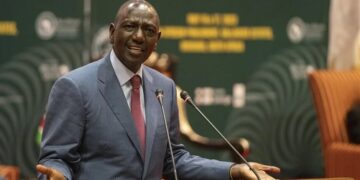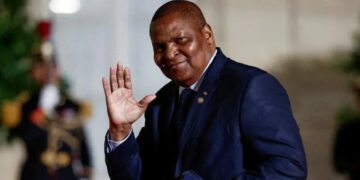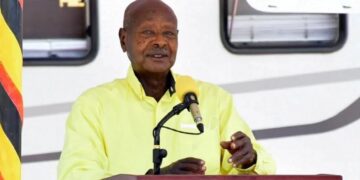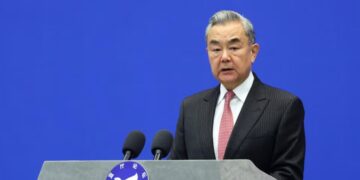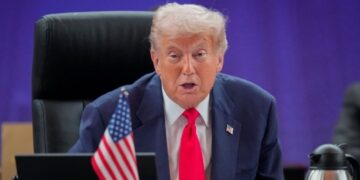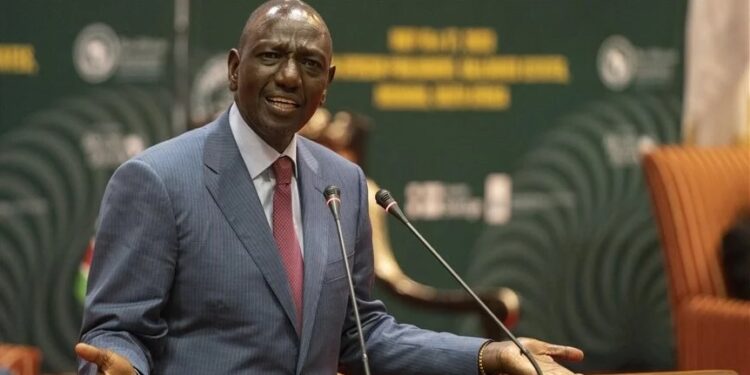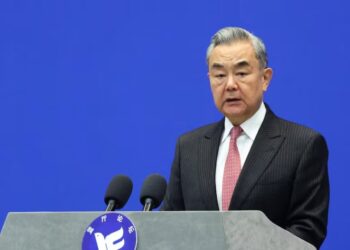By John Ikani
Kenyan President William Ruto is calling on African leaders to embrace a pan-African payments system as a step toward reducing reliance on the US dollar for intra-continental trade.
Speaking at a forum on the African Continental Free Trade Area (AfCFTA) on Monday, Ruto urged African central and commercial banks to join the Pan-African Payments and Settlement System (PAPSS), which was launched in January 2022.
Developed by the African Export-Import Bank (Afreximbank) and the AfCFTA Secretariat, PAPSS aims to facilitate trade within Africa by enabling transactions in local currencies.
Ruto highlighted the challenges faced by African traders and local banks, who often rely on correspondent banks in the US and Europe to complete payments between African currencies, resulting in delays and additional charges.
“We are all struggling to make payments for goods and services from one country to another because of differences in currencies. And in the middle of all these, we are all subjected to a dollar environment,” Ruto stated.
He emphasized that a mechanism like PAPSS could alleviate these challenges, allowing traders to focus on their core business while leaving currency-related tasks to Afreximbank.
The current reliance on US dollars has led to a mismatch between demand and supply, causing importers, including oil marketers and manufacturers, to face difficulties.
The shortage of dollars has also put pressure on the Kenyan shilling, resulting in a depreciation of around 12.1% since the beginning of the year.
Ruto emphasized the need for a payment platform that enables settlements in local currencies, both within African countries and for external transactions.
He highlighted the complexities, costs, and unnecessary currency fluctuations associated with the lack of a single payment platform, emphasizing that it leads to confusion and complications in the ecosystem.
Ruto’s call for the adoption of PAPSS comes in the wake of challenges faced by Kenya, such as fuel shortages and economic problems attributed to a dollar shortage.
He acknowledged that a misdiagnosis had occurred, attributing the fuel shortage to economic factors and the lack of dollars rather than a genuine supply problem.
The government had maintained an artificial exchange rate, which hindered the oil marketers’ ability to procure dollars and purchase fuel.
